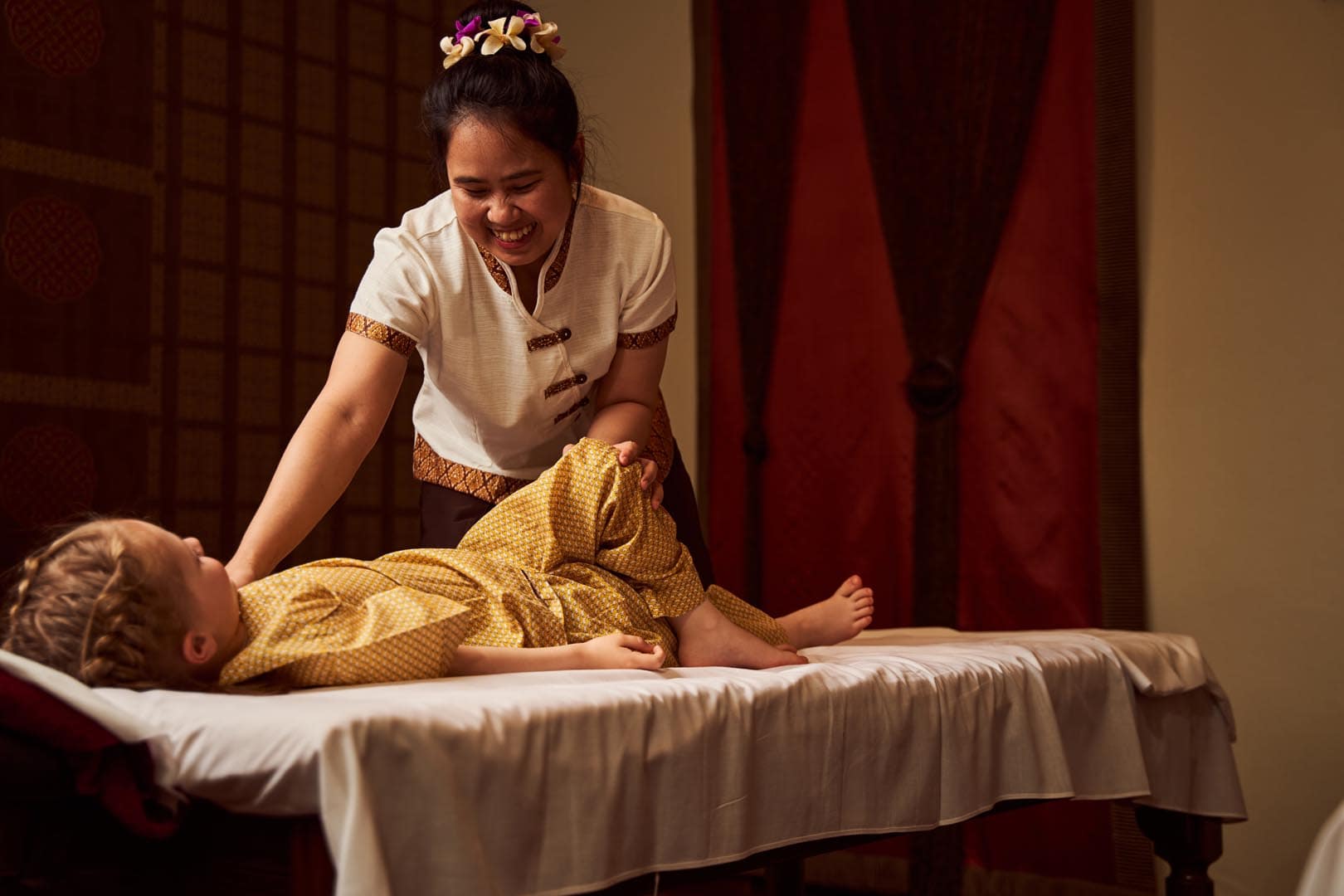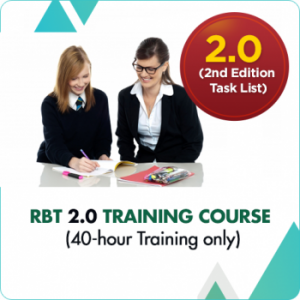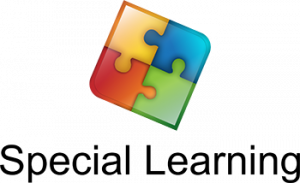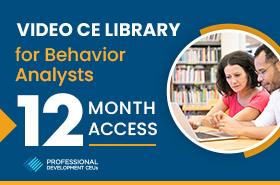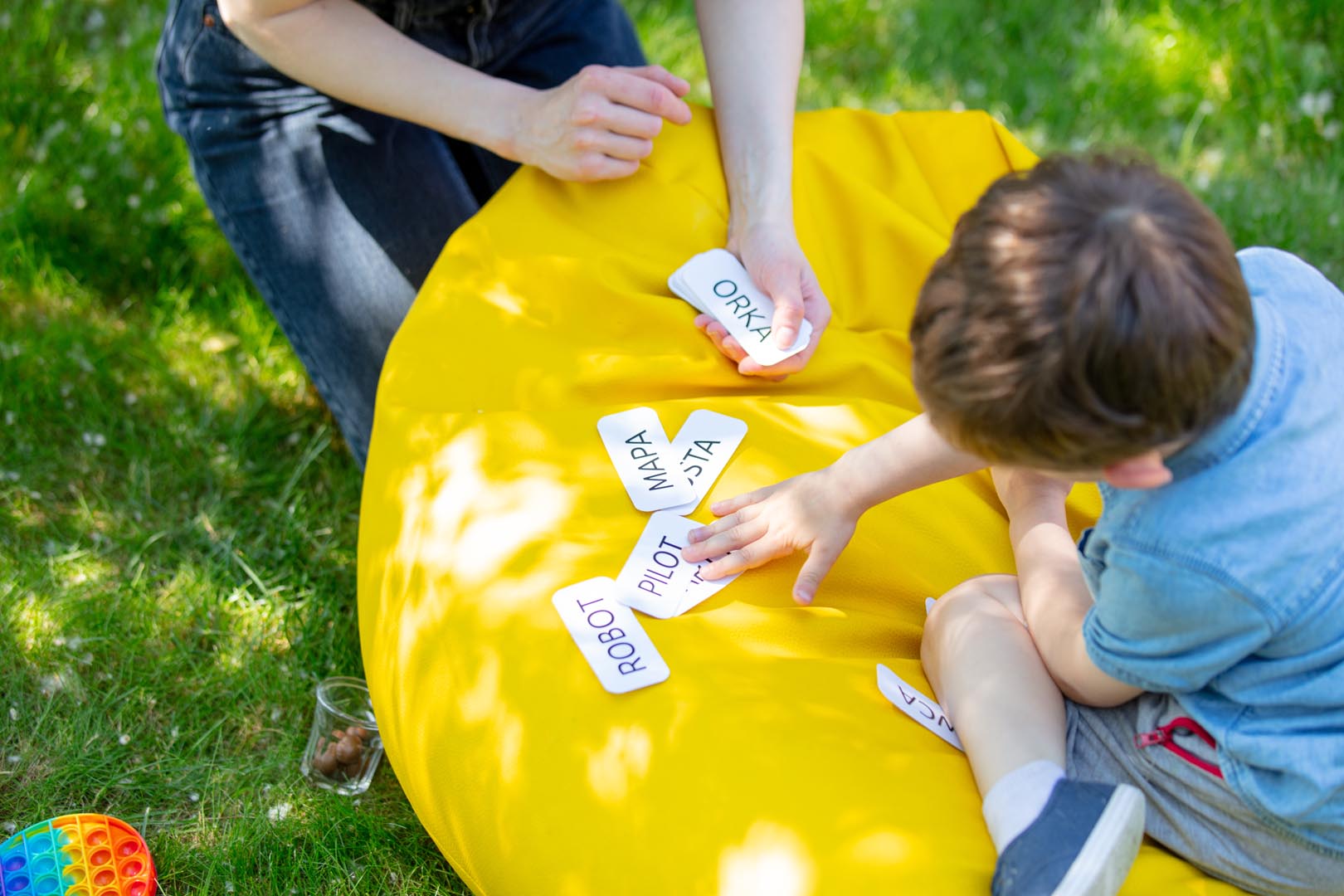Physical Therapy Evaluation
Autism spectrum disorder (ASD or autism) is a multifaceted disorder that comes with developmental delays in cognitive, social, and motor skills. Healthcare professionals provide many interventions intended to help kids with autism cope with day-to-day activities. One of such therapies is physical therapy (PT), which is focused on helping children with autism develop gross and fine motor skills.
Physical therapy, according to the Mosby Pocket Dictionary of Medicine, Nursing and Allied Health, is a treatment of disorders with physical agents and methods such as massage, manipulation, therapeutic exercises, cold and heat therapy, hydrotherapy, electric stimulation, and light to assist in the habilitating or rehabilitating patients and in restoring function.
Physical therapy is almost always recommended for a child with autism, especially if the level of severity is moderate to high and physical limitations are evident due to poor muscle tone. Muscle tone refers to the tension and movement of your child’s muscles. It is what allows your child’s body to move. Engaging your child in PT programs helps him learn or enhance basic skills such as sitting, running, standing, as well as more complex activities like skipping, hopping, throwing a ball, and so forth.
Your child’s journey to better muscle tone and physical abilities starts with a consultation with a physical therapist. A physical therapist is someone who is a certified, licensed healthcare provider trained to help in developing strength, coordination, and movement of muscles through a variety of physical activities and exercises. There are also pediatric physical therapists specially trained to deal with children. The responsibilities of pediatric PTs are the same as that of non-pediatric PTs, but their approach is focused more on how a child perceives and relates to a specific activity. A physical therapist will then assess your child’s physical abilities and limitations that will serve as the basis for the construction of your child’s physical therapy regimen or program.
A physical therapy evaluation utilizes a form that will be completed by your physical therapist based on the parents’ and physical therapist’s observations on the child. The following are the different criteria evaluated during a physical therapy evaluation:
Health history of your child
Range of motion (ROM) of the body joints – This is the normal range of movement of a particular joint in the body. Here, exercises that are age-appropriate are assessed to be able to identify any limitations to a joint’s range of motion.
Functional mobility – This includes bed mobility, transfers, gait, and balance.
- Pain
- Activity tolerance
- Posture
- Skin integrity
Physical therapies are usually provided through an early intervention program that the federal law provides. Children with disabilities who are three years old and below can benefit from the physical therapies via the early intervention program, while children 3–21 years old can benefit from the physical therapy provided by the public school system. Be sure to check with your local authorities regarding funding coverage for physical therapy.
Reference:
ProvidenceHealth and Services. Providence.org: Providence Autism Diagnostic Network, Retrieved March 23, 2011, from http://www.providence.org/alaska/tchap/autism/default.htm
Copyright © by Special Learning Inc. All right reserved.
No part of this article may be reproduced in any manner whatsoever without written permission except in the case of brief quotations embodied in critical articles and reviews. For information, contact Special Learning Inc., at: contact@special-learning.com
